Shade-loving and shade-tolerant indoor plants: types and description

Shade-loving and shade-tolerant indoor plants can become a real decoration of an apartment in which there is not enough sunlight. Such plants can easily tolerate both light shade and dense twilight. What plants are recommended for landscaping dark corners of an apartment?
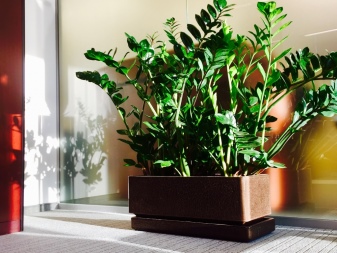
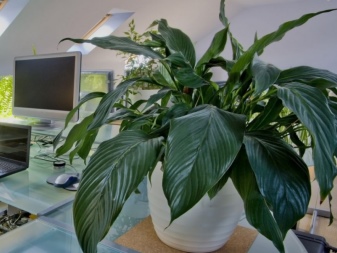
Description
All representatives of the world of decorative flora, able to grow and develop without any problems in conditions of a lack of lighting, experts divide into:
- shade-tolerant;
- shade-loving.
Shade-tolerant plants are those that are able to grow and develop in both sunny and shaded areas.
The lack of lighting, as a rule, does not negatively affect either the rates of their growth and development, or decorativeness. Shade-tolerant plants usually have wide and smooth leaves in one plane (this arrangement is called "leaf mosaic"). With this arrangement, the leaves almost do not shade each other and can receive the required amount of sunlight.
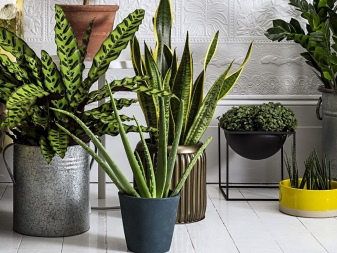
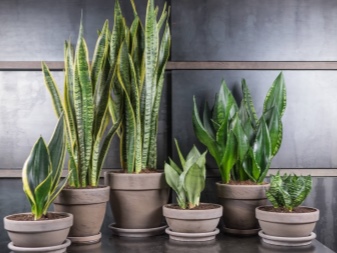
In some shade-tolerant plants growing in bright light conditions, foliage and stems begin to take on a brown-brown or purple-red hue. The change in color in this case is explained by the fact that a special pigment is produced in the leaves and stems of such plants in the light. - anthocyanin. It is noteworthy that in a number of other representatives of shade-tolerant plants, foliage in bright light, on the contrary, becomes pale, small and inconspicuous.
The most famous shade-tolerant indoor plants are balsams, some types of begonias and violets, oxalis.
Shade-tolerant garden shrubs are also very popular with indoor florists - fuchsia and dicentra, which take root and grow well at home.
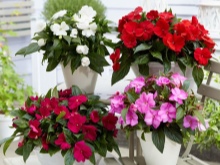
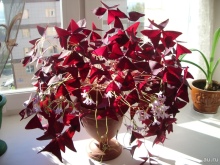
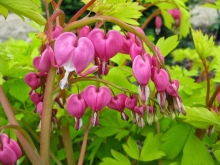
Shade-loving plants in the wild usually grow in areas where sunlight hardly penetrates. Growing such representatives of flora in open sunny places negatively affects not only their appearance, but also their general condition. Very often in shade-loving plants, direct sunlight causes severe burns. The most famous shade-loving plants are ferns and mosses. Selaginella is a very interesting representative of shade-loving indoor plants, which is distinguished not only by its amazing unpretentiousness, but also by its original appearance.
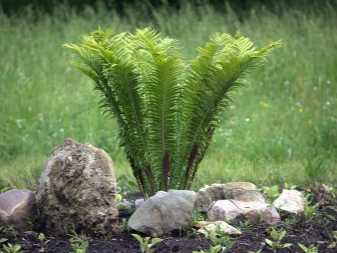
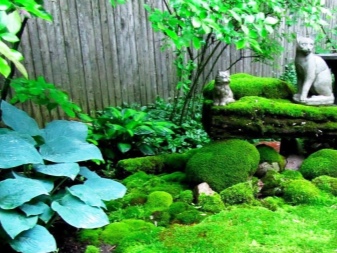
Views
Conventionally, the whole variety of shade-loving and shade-tolerant home flowers can be divided into several categories based on the peculiarities of their structure and development, as well as requirements for lighting and other conditions of detention. Some representatives of these groups are valued by plant breeders for their ability to bloom effectively even in poor lighting, others for their amazing decorativeness, original shape and color of foliage, and still others for their unpretentiousness and endurance.

Blooming
Among the shade-tolerant representatives of the ornamental flora, there are many plants that, during the flowering period, are able to radically transform even a very modest interior.
Begonias
Begonias are very popular and unpretentious houseplants that grow, thrive and bloom best in light partial shade.When grown in bright light, these representatives of the ornamental flora lose their attractiveness and spectacular appearance. In direct sunlight, bright patterned begonia leaves become small, pale, inconspicuous.
Such varieties and hybrids of begonias as "Rex", "Odorata", "Mason", "Drege" are considered the most popular in indoor plant growing.
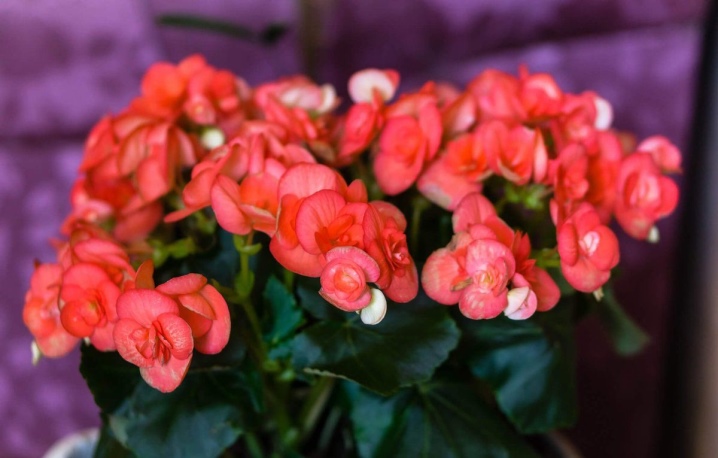
Usambara violets
Uzambara violets are beautifully flowering ornamental perennials that are popular with both beginners and experienced growers. Under favorable conditions, violets can bloom most of the time of the year. Experienced growers recommend placing Saintpaulias on windowsills in the western or eastern part of the house, providing very soft, diffused lighting for the plants.
Direct sunlight can burn leaves and even kill plants.
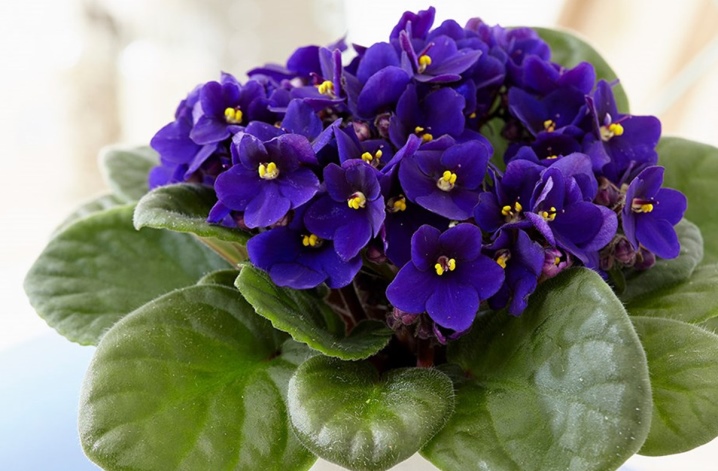
Anthurium
Anthurium is a very effective representative of the Aroid family, the flowering duration of which can reach several weeks. This plant is considered very demanding in terms of keeping conditions. For anthurium to feel good, the room temperature must be maintained at 23 ° C in summer and 17 ° C in winter. At the same time, for the full development of the plant, diffused light is needed. It tolerates anthurium and light shading, but under such conditions it will form rare and not very large flowers.
Bright sun for this room culture is contraindicated.
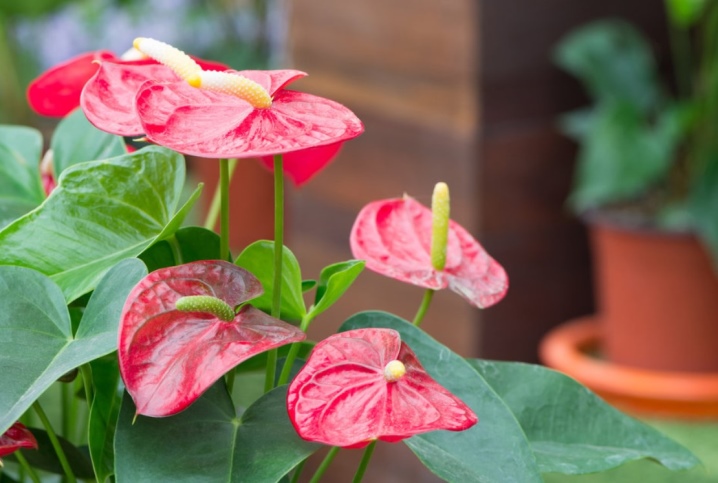
Clivia
Clivia is an exotic indoor and greenhouse plant that blooms twice a year (in early spring and late autumn). During the flowering period, clivia forms juicy ribbed peduncles about 27 centimeters high. In this case, from 10 to 25 buds can form on one peduncle. For full development and well-being, this plant needs warmth, regular watering and soft light. In direct sunlight, severe burns form on the bright emerald leaves of the clivia. The plant easily tolerates slight shading.

Cyclamen
Cyclamen is an unpretentious representative of shade-tolerant indoor plants, appreciated for its unpretentiousness in keeping conditions and very effective flowering. Does not tolerate direct sunlight. Cyclamen flowers are large, single, shaped like bells or silhouettes of butterflies. The color of the flowers ranges from white-pink to maroon and purple-violet. The most popular varieties are Persian, Cypriot, Kosky cyclamen.

Fuchsia
Fuchsia is a flowering indoor perennial, prized for its abundant and long flowering. Despite the fact that this plant is considered light-loving, it is capable of developing well and blooming profusely in shade and partial shade. The color of the flowers ranges from creamy pink to crimson red and lilac purple. Two-color large-flowered fuchsias are very popular in indoor plant growing.
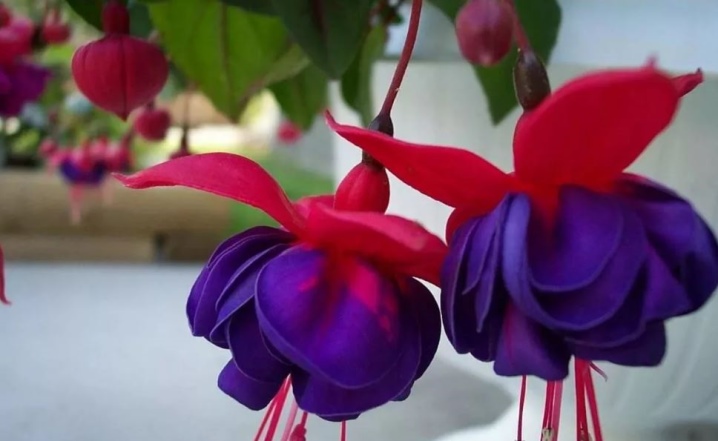
Dicenter
Dicentra is a spectacular garden plant that is popular in indoor floriculture. It grows and develops best in semi-shady and shady places. The height of indoor species and varieties of dicentra usually does not exceed 30-50 centimeters. The flowering period can be up to several months. The flowers of the dicenter are small, flattened, heart-shaped. The color of the flowers ranges from white-pink to pinkish-purple.

Decorative deciduous
This group of shade-tolerant, non-flowering plants is widespread in indoor floriculture due to its decorative qualities. Even in the absence of flowering, these indoor plants look very impressive and sophisticated.... They can be used to decorate almost any shaded place in the apartment, be it an entrance hall, a balcony or a bedroom.
Chlorophytum
Chlorophytum is a genus of unpretentious, very attractive plants with long drooping leaves collected in basal bunches.Prefers semi-shady places, does not tolerate bright sunlight. Experienced flower growers recommend placing chlorophytum pots on windowsills in the western or eastern part of the house.
The cultivation of chlorophytum is also allowed on the windowsills located in the northern side of the dwelling. Chlorophytum leaves are juicy, long, xiphoid, dark green. The leaves of some varieties of this plant are decorated with a milky-silvery stripe running along the middle part of the leaf plate.
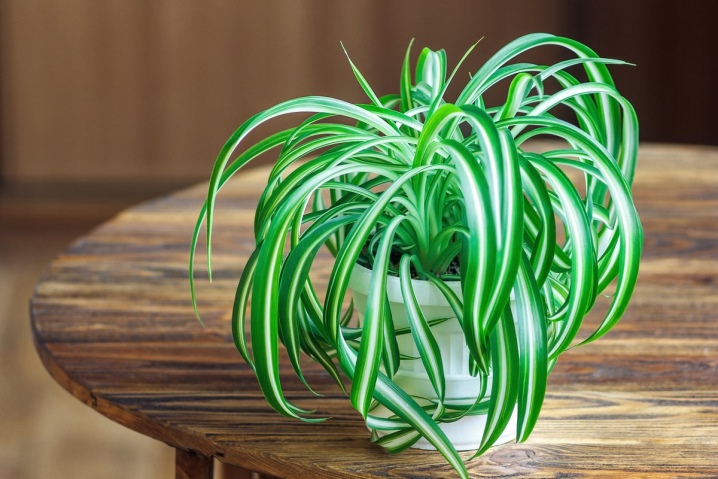
Sansevieria
Sansevieria is a genus of very attractive and unpretentious plants that have gained wide popularity in indoor floriculture. The most famous species is the three-lane sansevieria, notable for the original "marble" color of the foliage. The leaves of the plant are strong, vigorous, xiphoid, emerald green, decorated with wavy transverse stripes of pearl gray color. This plant is appreciated among flower growers not only for its attractive appearance, but also for its ability to cleanse the air from toxic impurities.
It should be noted that sansevieria purifies the air and enriches it with oxygen only at night (in the dark). For this reason, this flower is recommended to be placed in bedrooms and other shaded areas of the house.
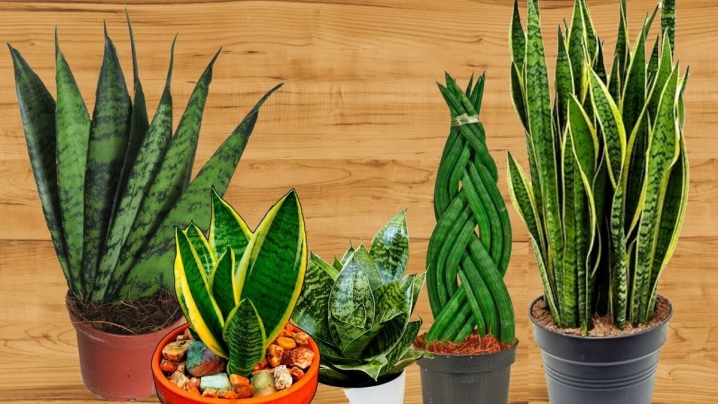
Aspidistra
Aspidistra is a hardy ornamental deciduous plant that does not impose specific requirements for keeping conditions. Even with minimal care, this indoor perennial can live for about a century. The average plant height varies from 50 to 70 centimeters. The leaves are large (up to 50 centimeters high), dark green, glossy, elliptical or lanceolate. Aspidistra develops and grows well both in conditions of soft diffused lighting and in the shade.
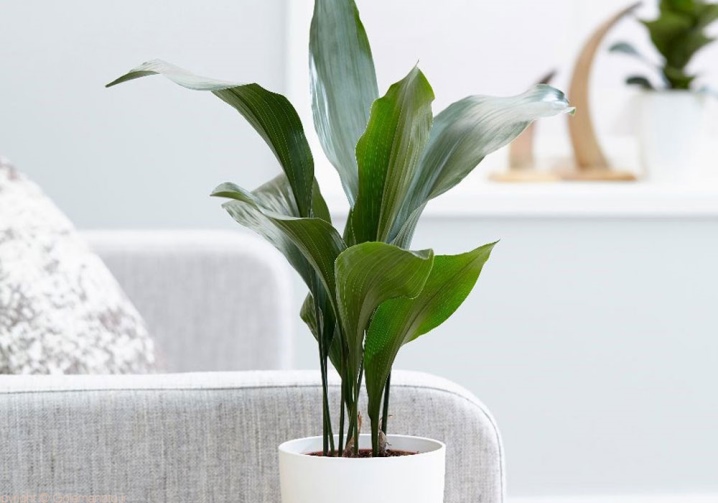
Aglaonema
Aglaonema is a genus of unpretentious exotic perennials with very beautiful large leaves. Some representatives of this genus, found in the wild, are able to grow in conditions of acute deficiency of sunlight. Home-grown aglaonemes can range in height from 25 to 80 centimeters.
The leaves are large, smooth, elliptical or oval-oblong in shape. The color of the leaves is most often variegated, "marble". At home, aglaonema can be grown in shaded areas where sunlight rarely penetrates.
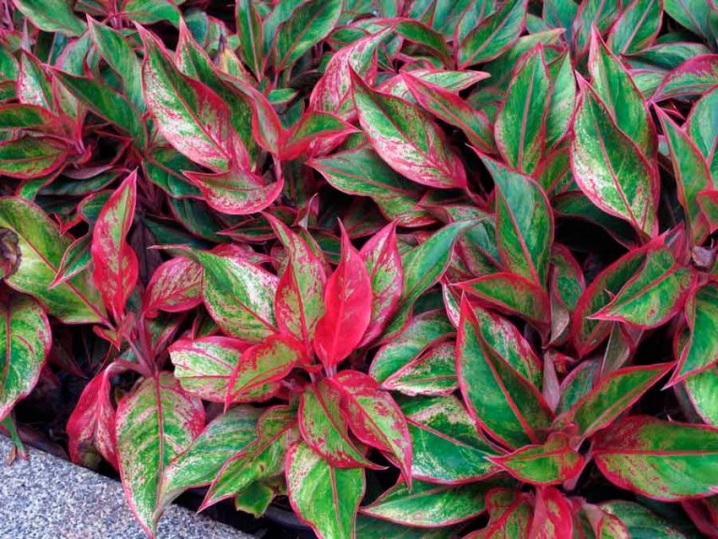
Lianas, climbing and ampelous plants
Climbing indoor plants that tolerate a lack of light are ideal for decorating apartments located on the shady side of the house. Lack of lighting usually does not have a negative impact on the development and growth rate of these unpretentious representatives of the ornamental flora.
Ivy
Common ivy (hedera) is a graceful climbing plant, widespread in indoor floriculture. In the wild, this unpretentious liana is found in forests, lowlands and foothills. She loves to grow in places with a soft rarefied shade, so it is better for her to take out dimly lit places in the apartment. So that the plant does not lose its decorative effect, it is recommended to place a solid vertical support next to it.
Ivy are ideal for decorating dark corners and walls of rooms.
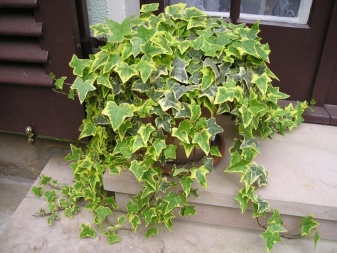
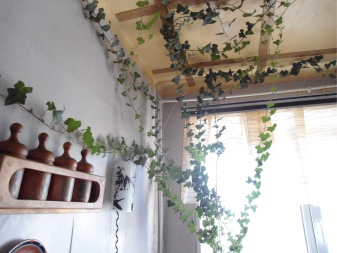
Tradescantia
Tradescantia is a shade-tolerant houseplant that requires minimal maintenance. In indoor plant growing, species and varieties of tradescantia with creeping and climbing stems are widespread. These plants do not impose specific requirements for keeping conditions, easily tolerate shade and slight drought. In direct sunlight, Tradescantia leaves quickly lose their decorative effect, fade and wither.
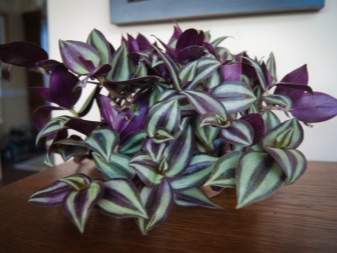
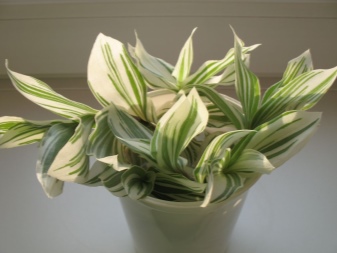
Tetrastigma
Tetrastigma is a genus of very spectacular climbing plants that are members of the Vinogradov family. In indoor floriculture, the most popular are tetrastigma lanceolate and Vuanye. These powerful vines actively develop and grow even in low light conditions. Under the bright sunlight, the emerald foliage of the tetrastigma loses its original appeal.
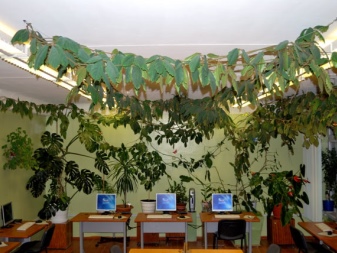
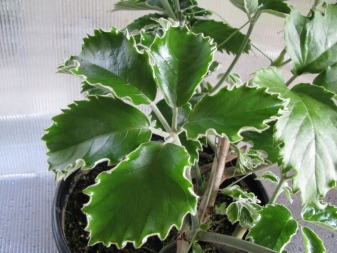
Palm trees and large trees
To this group, growers include shade-tolerant shrubs or small trees that, when grown at home, can reach a height of several meters. Designers recommend using tall shade-tolerant plants to decorate spacious, dimly lit rooms in the house.
Ficus Benjamin
Ficus Benjamin is one of the most popular representatives of exotic decorative flora, widely used in phytodesign. Benjamin ficus varieties with dark green leaves are recommended to be grown in partial shade, and varieties with variegated foliage - in soft diffused lighting. With proper care, indoor ficuses of this type can reach a height of 2-2.5 meters or more.
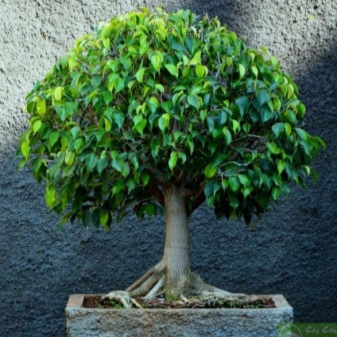
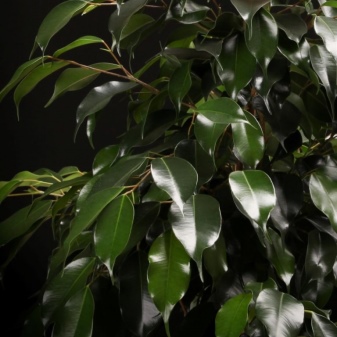
Hamedorea
Hamedorea is a genus of low-growing woody plants that are members of the Palm family. To the indisputable advantages of hamedorea, flower growers include amazing endurance and unpretentiousness, attractive appearance, and drought resistance. These graceful palms thrive in daylight deficiencies.
Direct sunlight negatively affects both their well-being and decorativeness.

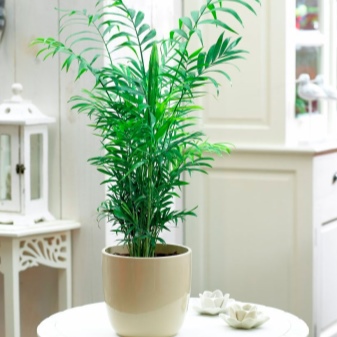
Varieties of flowers that tolerate partial shade
Many indoor flowers thrive and thrive in light shade conditions. A slight deficit of sunlight does not negatively affect their health, growth rate, ornamental qualities.
Decorative
Frizee
Frizee (Vriezia) is an original houseplant, native to the countries of South and Central America. Despite its exotic origin, the Frizee does not need an abundance of sunlight and easily tolerates partial shade. The main requirements in its cultivation are regular watering and high humidity.

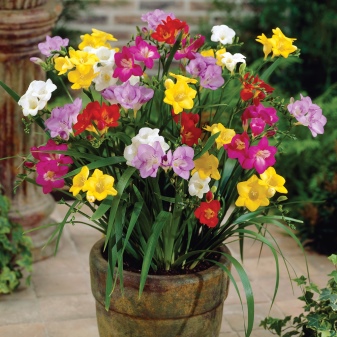
Ferns
Ferns are decorative deciduous plants that grow in the wild in shady and semi-shady forests. When kept indoors, ferns are recommended to be grown in low light conditions, since bright sunlight is destructive for them. Direct sunlight causes severe burns to the delicate fern leaves, which can lead to the death of the plant.
Experienced flower growers recommend placing fern pots in the eastern, western or northern parts of the house.

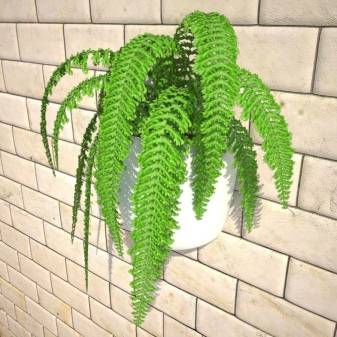
Conifers
Thuja is a genus of graceful evergreen conifers found in the wild in North America. Some undersized species and varieties of thuja are widespread not only in landscape design, but also in indoor floriculture. To the advantages of these unpretentious plants, flower growers include endurance, attractive appearance, the ability to cleanse the air from harmful impurities.
Home-grown thujas do not need bright and abundant light. In direct sunlight, the emerald needles of plants begin to turn yellow and lose their attractiveness. In addition, being in extreme heat in an open, sunny place, thuja can get serious burns.


Features of selection and cultivation
When choosing shade-tolerant and / or shade-loving plants for the home, the degree of illumination and the area of the equipped premises should be taken into account. So, in small rooms with light sparse penumbra, Saintpaulias and begonias, anthuriums and spathiphyllums, fuchsias and cyclamens will feel good.
In the spacious living rooms located on the shady side of the house, designers recommend placing medium and low-growing palms, large-sized plants, unpretentious decorative deciduous crops. Plants like these will help fill in the empty space of a dark room, making its atmosphere more comfortable.
When choosing indoor plants for dimly lit balconies and loggias, it is worth giving preference to climbing and ampelous crops.
So, with the help of ordinary ivy, you can effectively decorate an unsightly dark corner of a balcony or decorate an empty wall. Ivy can be planted both in a hanging planter and in a floor container.
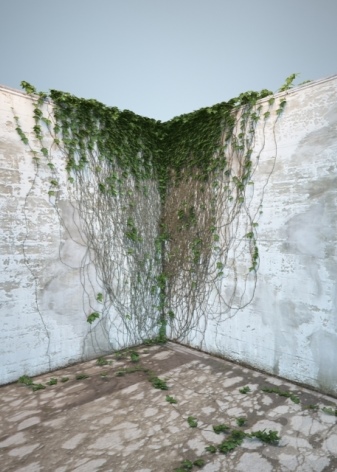
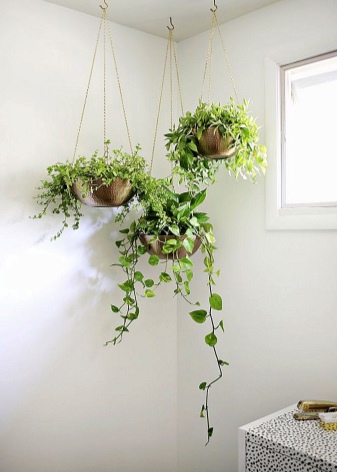
Climbing and ampelous plants are perfect for decorating small and dimly lit rooms in the house. - hallways, small bedrooms, dressing rooms. Ivy or Tradescantia containers can be placed on the walls in these rooms. This will allow not only to refresh the interior of a small room, but also to rationally use the available space.
When growing shade-tolerant and shade-loving plants, their requirements for keeping conditions should be taken into account. So, most ornamental crops that prefer to grow in low light conditions do not tolerate cold and drafts poorly.
The most painful effects of low temperatures and drafts are perceived by begonias, uzambara violets, spathiphyllums and anthuriums.
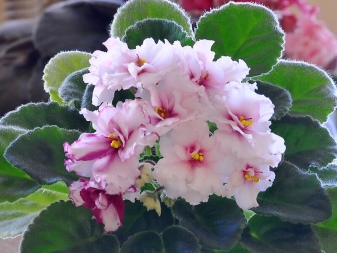
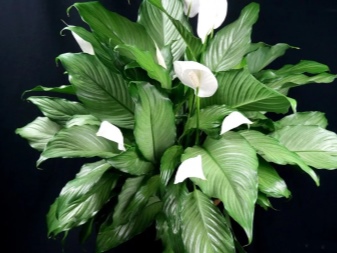
When growing plants in low light conditions, it is important to take into account the indoor air humidity. Very often, a lack of sunlight in combination with high air humidity causes the development of fungal diseases in domestic flowers. In order to prevent the appearance of fungal diseases in indoor plants, one should not only control the air humidity in the room, but also observe the recommended frequency of watering.
Regular feeding allows you to maintain the intensity of leaf color in shade-loving and shade-tolerant plants. So that the foliage of green pets does not lose its decorative effect, experienced florists recommend occasionally feeding the plants with fertilizers containing nitrogen, potassium and phosphorus.
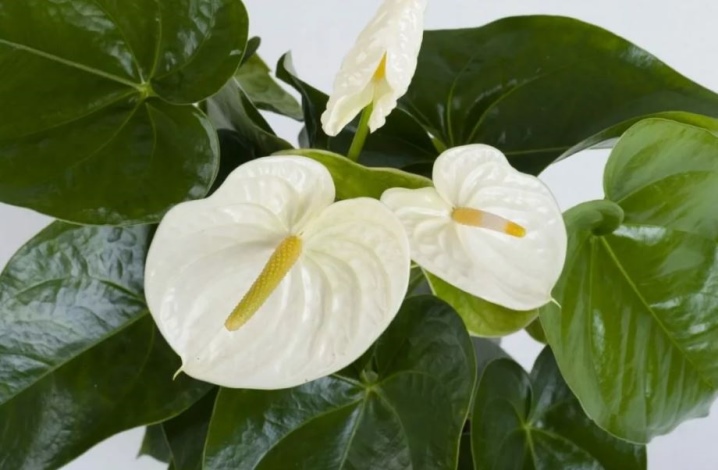
See the top 10 most shade-loving plants for the home in the next video.































The comment was sent successfully.